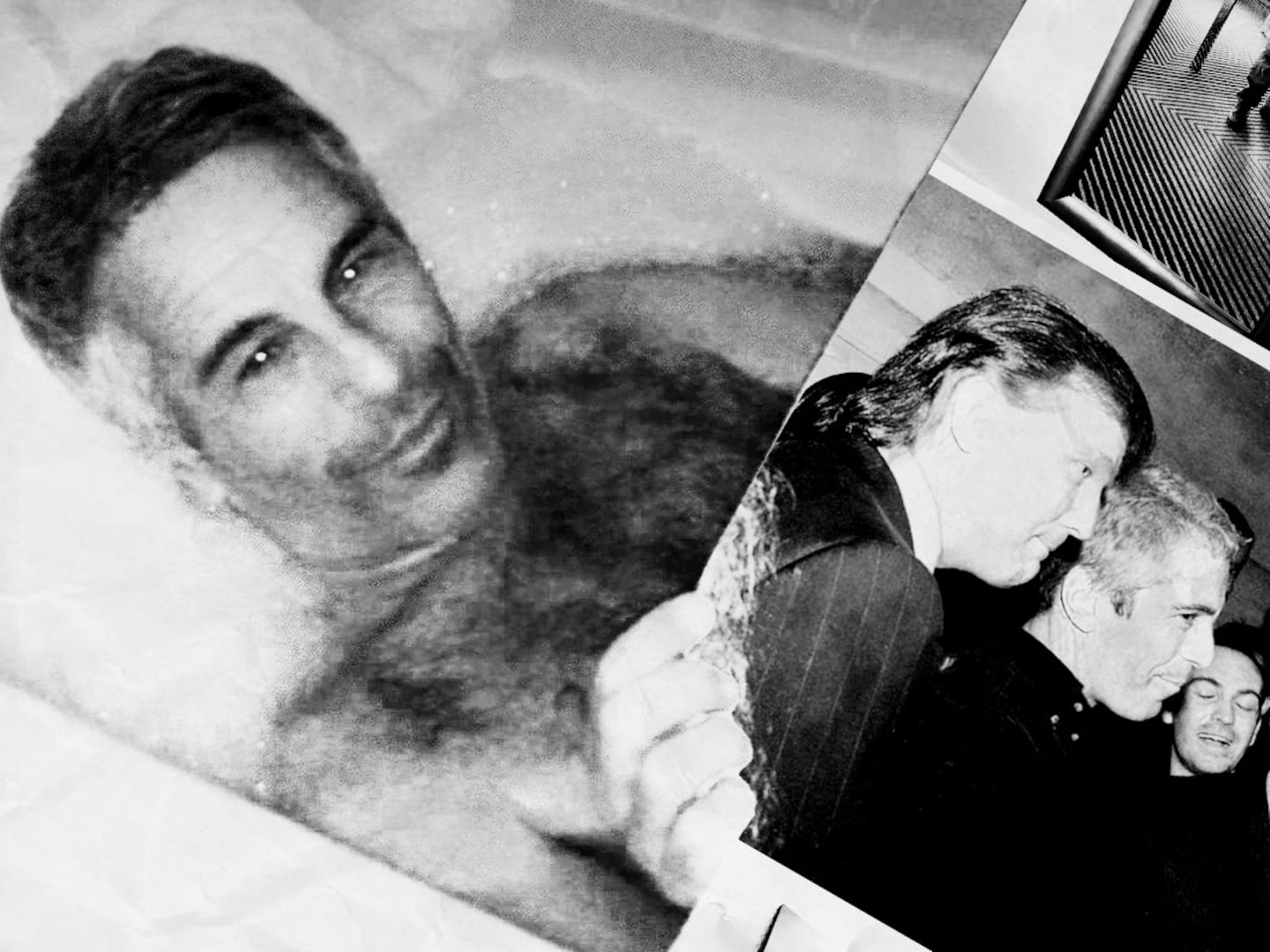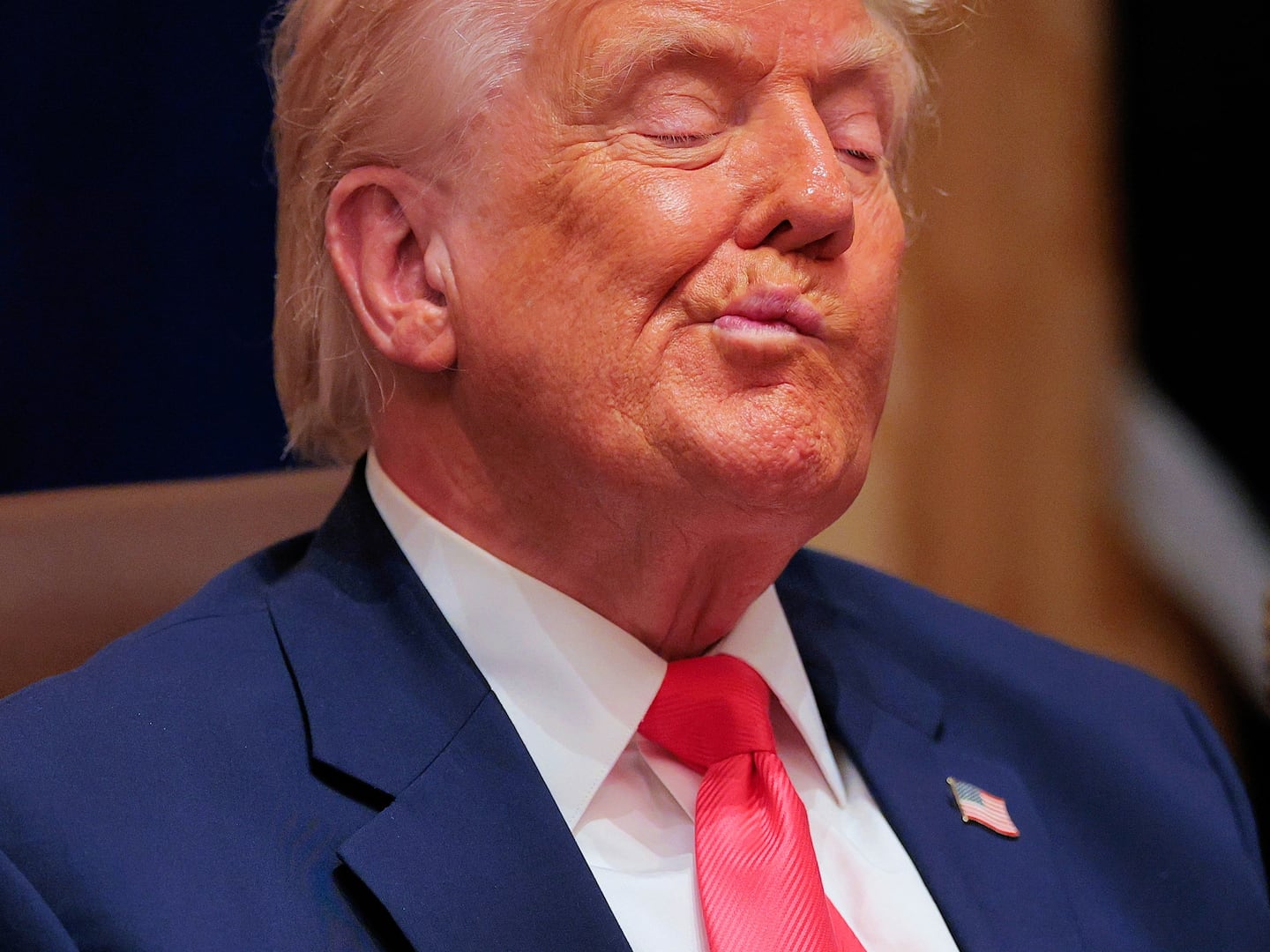For many of us—art nerds and tourists alike—seeing a Monet just isn’t what it used to be. What was once so airy and magical loses its allure when we come to realize just how prolific the man was. Every major museum seems to have some water lilies, the bridge at Giverny, and haystacks—and most of them are great. But over the years, I’ve tended to approach Monets with a sort of “seen three, seen ‘em all” mentality.
Click Image Below to View Our Gallery

But a new two-venue exhibition in Madrid (on view at the Museo Thyssen-Bornemisza and the Fundación Caja Madrid through May 30) aims to remedy Monet ennui by asking the viewer to approach his work a bit differently. In “Monet and Abstraction,” the Frenchman’s weeping willows, billowing irises, and hazy afternoons in Giverny are flanked by Rothkos, Pollocks, and Twomblys. Through this lens, Monet’s pastel vistas become less about seeing and more about doing—that gestural instinct so associated with the post-World War II New York School. And while the show is sadly short on narrative ( young American and European painters rediscovered and studied Monet in the 1940s) and some of the abstractions don’t exactly measure up to their Impressionist counterparts (three clunky de Koonings among them), the show does have its shining, borderline sublime moments.
The exhibition begins at the Thyssen where it is divvied up into thematic galleries, such as “Mists and Variations.” Here, William Turner and James Whistler lend a hand in setting the stage opposite a kelly green stunner by Gerhard Richter (which really belonged near the water lilies next door). Abstraction, it seems, began with the weather. The curators argue that Turner’s barely discernable seascapes had a direct influence on Monet’s Thames and other London paintings—not to mention the artist’s subsequent obsession with capturing the motion of water and air. In a gallery dedicated to the “Effects of Light,” Rothko’s Golden, Yellow and Magenta (1956) glows next to Monet’s amber-hued The Falaise d’Aval at Etretat (1885). In “Reflections and Transparencies,” an impressive swath of water lilies (a few of which are really just masses of color and line) are paired with two colossal canvases by the underappreciated Helen Frankenthaler (her Basque Beach, 1958, a sort of fun, oversimplified perversion of some of Monet’s favorite subjects).
In “Contrasts and Forms,” the sparse lines and jagged shapes that comprise Clyfford Still’s jumbo-sized paintings seem extracted from the negative space in yet another bay of water lilies, and in “Brushstroke and Gesture,” a handful of disappointingly small Pollocks are juxtaposed with some of Monet’s most reductive works yet (one of which I initially mistook for one of Pollock’s early—and ultra heavy-handed—forays into abstraction).
Once you have Monet firmly on the brain, Sam Francis’s drips, splatters, and sweeping brushstrokes at the nearby Fundación Caja (where much of the installation is dedicated to “In the Garden at Giverny”) scream psychedelic lilies, leaves, and rippling water; Robert Ryman’s white-on-white canvases from the 1980s (much derided by Monet fans and art critics’ significant others the world over) are mesmerizing, his brisk brushstrokes and varied textures could have been lifted from a patch of snow at Monet’s Giverny. The real stunners, though, are several large canvases by the brilliant Joan Mitchell. She’s the only artist who seems to have worked in a way that’s absolutely akin to Monet’s en plein air technique and affinity toward the bizarrely wonderful shapes and colors found only in nature (in a “fact-is-stranger-than-fiction” kind of way). Mitchell’s Linden Tree (1978) has the same impressive scale and strong, downward-pulling energy as Monet’s adjacent Weeping Willow and Water Lily Pond (1916-19). She uses less paint, but she matches Monet’s uneven textures, adding depth and a sense of space, firmly planting us in front of her tree in the same way Monet pulls us beneath his weeping willows.
Some of the parallels are literal and, of course, there are a few duds. Artists such as Barnett Newman and Adolph Gottlieb don’t seem to gain much in this context. Nor do those lifeless de Koonings. But I appreciated how the coarse, “uglier” Monets seem to sing here. His almost wholly abstract renderings of leaves swaying violently in the wind and autumn’s impact on the Japanese Bridge at Giverny are more workaday, more experimental, less polished, and far less pretty than what we tend to think of as a “Monet.” His colors are darker, his impasto is thicker, and his brushstrokes are quick and imperfect. I left loving this “ugly” Monet and wanting more. But alas, that’s not exactly what they were selling at the gift shop.
Plus: Check out Art Beast, for galleries, interviews with artists, and photos from the hottest parties.
Rachel Wolff is a New York-based writer and editor who has covered art for New York, ARTnews, and Manhattan.






